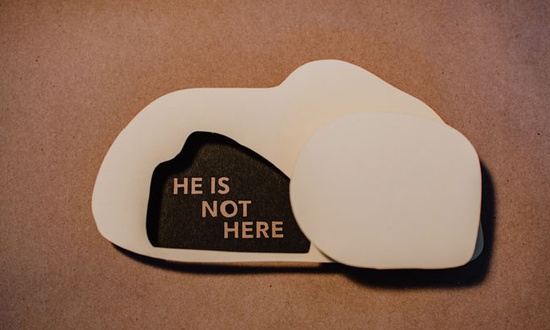The apostle Paul considered the physical resurrection of Christ’s body absolutely essential to the Christian faith. Paul wrote to the Corinthians, “If Christ has not been raised, your faith is futile; you are still in your sins. . . . [and] we are to be pitied more than all men” (1 Corinthians 15:17, 19).
The physical resurrection of Jesus Christ is the cornerstone of redemption—both for mankind and for the earth. Indeed, without Christ’s resurrection and what it means—an eternal future for fully restored human beings dwelling on a fully restored Earth—there is no Christianity.
The empty tomb is the ultimate proof that Christ’s resurrection body was the same body that died on the cross. If resurrection meant the creation of a new body, Christ’s original body would have remained in the tomb. When Jesus said to his disciples after his resurrection, “It is I myself,” he was emphasizing to them that he was the same person—in spirit and body—who had gone to the cross (Luke 24:39). His disciples saw the marks of his crucifixion, unmistakable evidence that this was the same body.
Bruce Milne writes in The Message of Heaven and Hell:
The physicality of the resurrection is emphasized by Jesus himself in his drawing attention to the wounds still visible in his body and even, in Luke’s account, in his sharing a meal with the disciples. They must grasp that this is not a matter of a “spirit appearance,” but the utterly unprecedented, unique, world-transforming, heaven-anticipating, sovereign action of the Creator in the first installment of remaking the world.
This Easter weekend, may we celebrate the magnificent, cosmos-shaking victory of Christ’s physical resurrection!







